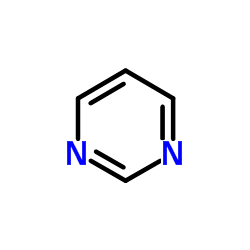| Structure | Name/CAS No. | Articles |
|---|---|---|
 |
Thiazole
CAS:288-47-1 |
|
 |
Pyrimidine
CAS:289-95-2 |